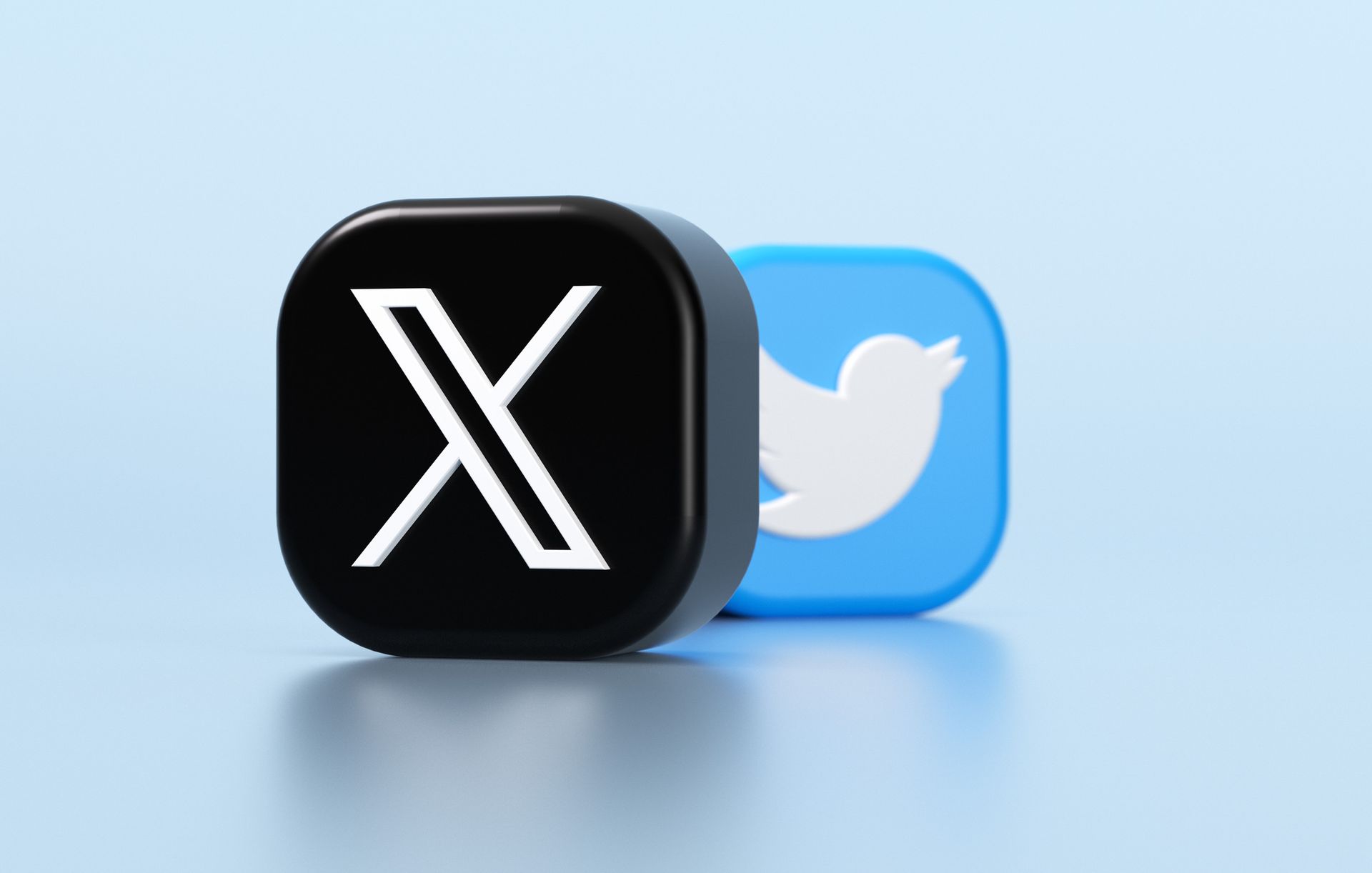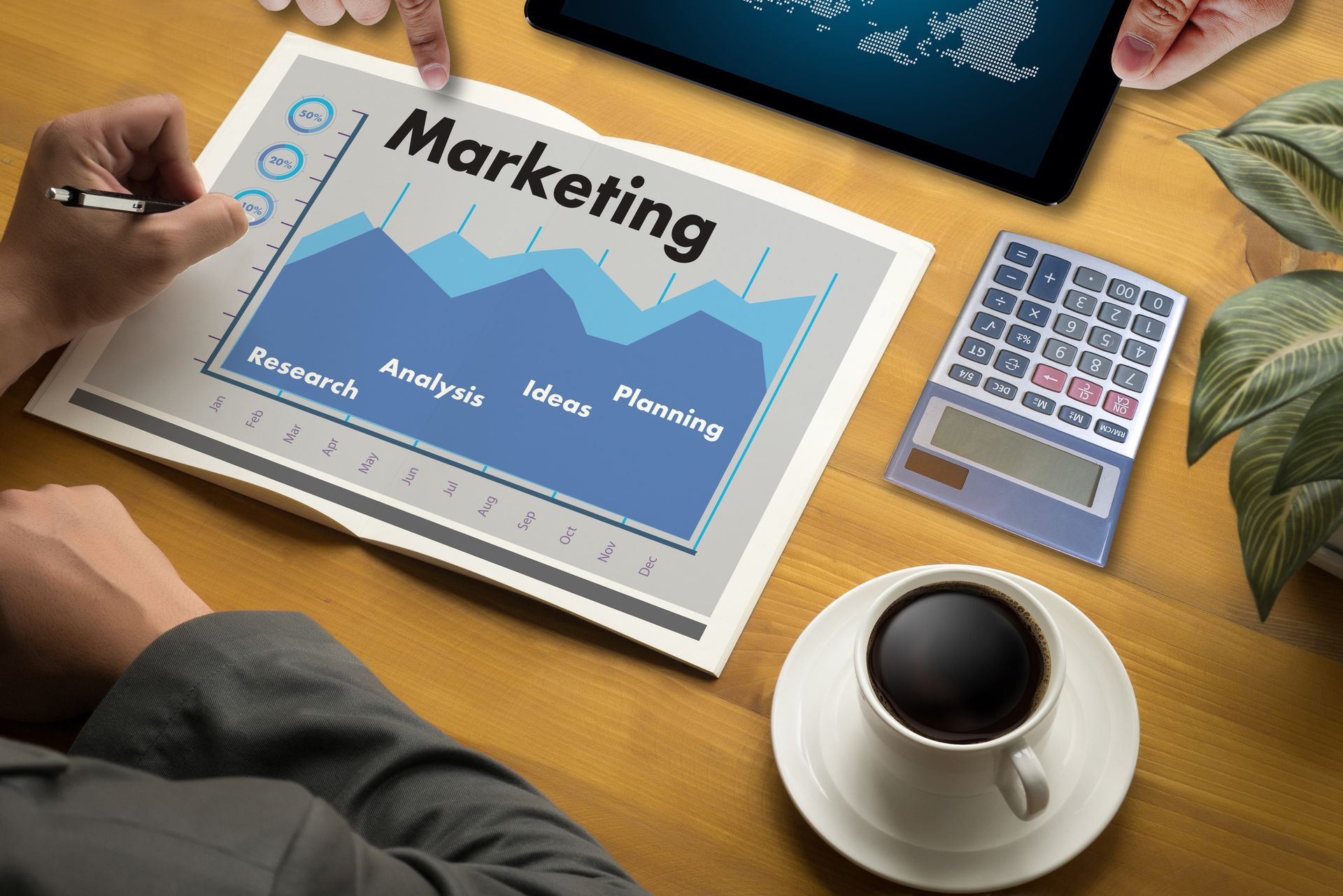How to Write Ads That Convert (Even If You Hate Selling)
Creating ads that consistently convert can feel like a daunting task, especially if the idea of “selling” makes you cringe. But here’s the good news—you don’t need to be a natural-born salesperson to write ads that drive results.
The best-performing ads aren’t about hard-selling; they’re about understanding your audience, solving their problems, and presenting your product or service as the ultimate solution.
This guide is tailored for small business owners who want to craft compelling ads that convert without feeling pushy. You’ll learn actionable strategies and insider tips to help you create ads that grab attention and inspire action—no sleazy sales tactics required.
Why Ad Copy Success Starts With Knowing Your Audience
Before you put pen to paper, think about who you’re speaking to. Your ad won’t work if it doesn’t resonate with the people viewing it.
Step 1: Define Your Ideal Customer
Start by answering these questions:
- Who needs what you offer? Are they busy parents? Ambitious entrepreneurs? People with specific pain points?
- What are their biggest challenges, desires, or frustrations?
- Where do they hang out online? (e.g., Facebook, LinkedIn, Instagram).
The more you understand your audience, the easier it will be to tailor your copy to their needs and interests.
Pro Tip: Use reviews, surveys, or social media comments to uncover the exact phrases and language your target audience uses when describing their challenges. Mirror this language in your ad for instant relatability.
Focus on Benefits, Not Features
One of the biggest mistakes small business owners make when writing ads is focusing too heavily on features rather than benefits. Yes, people want to know what they're getting—but what they really care about is how it will improve their lives.
The "Features vs. Benefits" Rule
- Features are what your product/service has.
- Benefits are how those features help the customer.
For example:
- Feature: "Our shoes are made of waterproof material."
- Benefit: "Stay dry and comfortable, no matter the weather."
When writing your ad, ask yourself, Why does this feature matter to my audience? Answering this question will help you translate features into benefits.
Examples of Benefit-Driven Ad Copy
- Instead of saying, "Our software generates automated reports," say, "Save 10+ hours a week with automated reports that are ready at the click of a button."
- Instead of saying, "Our fitness program includes meal plans," say, "Enjoy easy, personalized meal plans that take the guesswork out of eating healthy."
The Power of a Killer Headline
Your headline is the first thing people see, so it needs to grab their attention immediately. A great headline should:
- Spark curiosity
- Promise a solution
- Hint at a benefit or desired outcome.
Headline Examples That Convert:
- "Tired of Struggling to Write Ads? Here's the Easy Solution."
- "Lose the Frustration, Gain Confidence in 30 Days."
- "Stop Wasting Time. Start Driving Results with Ads That Work."
Pro Tip: Use numbers, questions, or bold claims (but only if you can back them up) to make your headline stand out.
Crafting a Persuasive Call-to-Action (CTA)
A solid ad wraps up with a clear call-to-action. Your CTA is basically your “What now?”—it should tell readers exactly what to do next.
The 3 Qualities of a Good CTA:
- Clear and Specific (e.g., "Sign up for free today" instead of "Sign up.")
- Action-Oriented (e.g., "Download your free guide" vs. "Learn more.")
- Focuses on Benefits (e.g., "Start saving time today with our AI tool.")
Examples of CTAs:
- "Try it Free and See the Difference."
- "Download the Starter Kit That’ll Save You Thousands."
- "Act Now—Limited Spaces Available."
Overcome Objections Before They Arise
Even the best ads may encounter skepticism—you need to address common objections upfront so your audience feels confident taking the next step.
The Key Types of Objections to Address:
- Price: Explain why your offering is worth the investment. Highlight cost-effectiveness or financial benefits (e.g., "Save $500 a month by streamlining systems").
- Risk: Offer guarantees, free trials, or refunds (e.g., "Try it risk-free for 30 days").
- Time: Show them how quick and easy it is to use your product or engage with your service (e.g., "Set up in 10 minutes—no tech skills required").
Pro Tip: Include real customer testimonials or data points to build credibility. (E.g., “Trusted by 10,000+ local businesses” or “Rated 4.9/5 by small business owners like you!”)
Keep the Tone Simple, Relatable, and Authentic
Robot-like, overly formal ad copy doesn't convert. Write like you’re chatting with a friend—keep it natural, and avoid jargon whenever possible.
Words to Avoid:
- Tiered language like “premium solutions” and “synergy”
- Sales-y phrases like “The best product in the world!”
Words to Use:
- “Easy”
- “Proven”
- “Free”
- “Without [pain point]” (e.g., "Without breaking the bank" or "Without wasting hours online.")
Testing And Tweaking for Maximum Results
The best copywriting is rarely perfect on the first draft. Always test different versions of your ads to see what works best.
A/B Test Key Elements:
- Headlines: Does “Save Time Today” perform better than “Simplify Your Workflow?”
- CTAs: Compare “Sign Up Now” with “Start Your Free Trial Today.”
- Imagery: Would a bold graphic outperform a clean product image?
Collect data on clicks, conversions, and engagement, then refine your copy based on the results.
Final Thoughts—Putting It All Together
Writing ads that convert doesn't have to make you feel like you're "selling your soul." By focusing on your audience's needs, emphasizing benefits, and using authentic, action-oriented language, you can craft compelling ads that drive real results—without alienating your audience.
Want to see how expert ad copy can transform your small business?
Sign up for a free consultation with Trust Tide Digital Agency today. We specialize in crafting high-performing campaigns that connect with customers and deliver measurable results.









